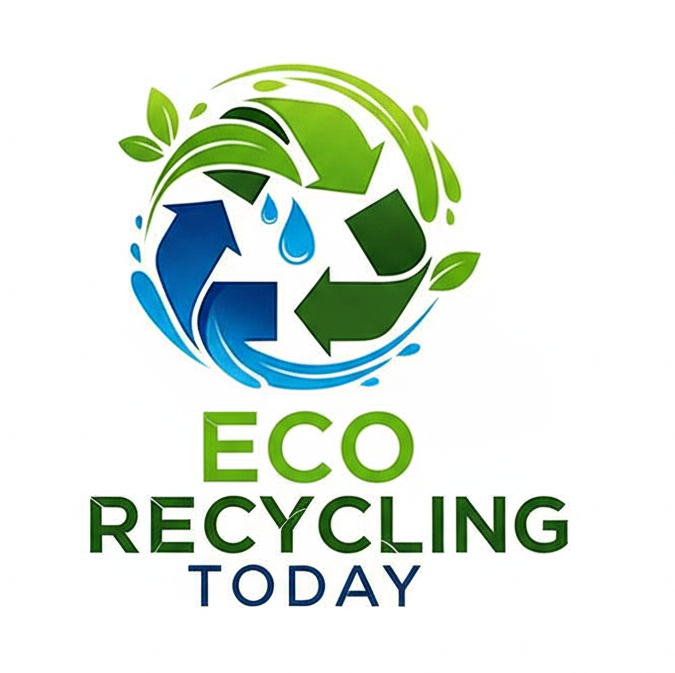Plastic drums are widely used for transporting chemicals, oils, detergents, and food-grade products. Unfortunately, many of these containers end up in landfills, contributing to environmental pollution.
Plastic drum recycling has become an essential part of modern industrial waste management. With increasing environmental concerns and strict regulations on plastic disposal, investing in a Plastic Drum Recycling Line is no longer optional—it's a smart, sustainable solution. We’ll explore what a plastic drum recycling line is, how it works, and how to choose plastic drum recycling line for businesses.
What Is a Plastic Drum Recycling Line
A Plastic Drum Recycling Line is a specialized system designed to shred, wash, and reprocess used plastic drums (usually HDPE or PP) into clean plastic flakes or pellets. These recycled materials can then be reused in manufacturing or sold as raw materials for other applications.
Key Components of a Plastic Drum Recycling Line
A typical plastic drum recycling line includes:
1. Pre-Shredder
Breaks down large, bulky plastic drums into smaller pieces for easier processing.
2. Crusher or Granulator
Further reduces the shredded pieces into uniform flakes suitable for washing.
3. Washing System
Removes labels, dirt, oils, and chemicals using hot water and detergents.
4. Friction Washer
Provides high-speed cleaning to remove stubborn contaminants.
5. Floating Tank
Separates materials by density—clean HDPE flakes float, heavier contaminants sink.
6. Dryer & Dewatering Machine
Dries the flakes to reduce moisture content for pelletizing or bagging.
7. Storage or Pelletizing System
Stores the clean flakes or processes them into plastic pellets for resale or reuse.
Applications of Recycled Plastic from Drums
Once processed, the recycled plastic can be used in:
- New drums or containers
- Construction materials (pipes, panels)
- Automotive parts
- Industrial packaging
- Plastic pallets and crates
Choosing the Right Plastic Drum Recycling Line
When investing in a recycling system, consider the following:
- Capacity Requirements: Daily throughput of plastic drums
- Material Types: HDPE, PP, or other plastic compositions
- Contamination Level: Drums with chemical residue vs. food-grade containers
- Automation Level: Fully automated vs. semi-automated lines
- After-Sales Support: Maintenance, spare parts, and technical assistance
A Plastic Drum Recycling Line is a crucial investment for industries aiming to meet environmental standards and reduce operational waste. Not only does it support a circular economy, but it also opens up new opportunities for cost-saving and profit generation.
Whether you're a plastic recycler, waste management company, or industrial manufacturer, integrating a drum recycling system is a step toward a cleaner, greener, and more profitable future.
